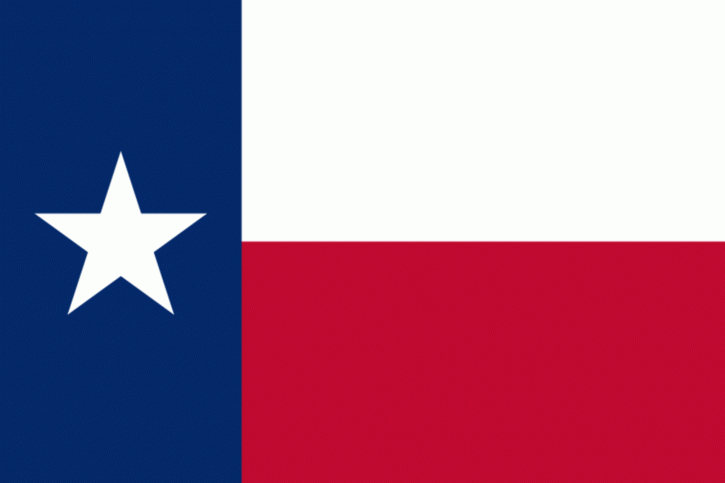The Texas State Legislature voted to send a constitutional amendment that would authorize the legislature to provide for a property tax exemption on equipment and inventory manufactured by medical or biomedical companies to the November ballot. The legislature also passed the enabling legislation, Senate Bill 2289 (SB 2289), which would take effect if the amendment is passed in Nov. 2023.
SB 2289 defines medical and biomedical property as “tangible personal property that is stored, used, or consumed in the manufacturing or processing of medical or biomedical products by a medical or biomedical manufacturer.” This would include devices, therapeutics, pharmaceuticals, personal protective equipment, instruments, implants, and manufacturing inventories, including finished goods.
This amendment was introduced as Senate Joint Resolution 87 (SJR 87) on March 10. To put a legislatively referred constitutional amendment before voters, a two-thirds (66.67%) vote was required in both chambers. On April 13, the state Senate passed SJR 87 by a vote of 26-4 with one absent. On May 17, the state House passed SJR 87 by a vote of 125-10 with 14 not voting and one vacancy.
Sen. Joan Huffman (R-17) authored the amendment. The Texas Medical Center, Texas Healthcare and Bioscience Institute, Greater Houston Partnership, and Biotechnology Innovation Organization registered in support of the amendment when it was considered by the Senate Finance Committee. No organizations registered in opposition to it.
This is the fifth amendment to be referred to the November ballot. The state legislature has also voted to refer amendments related to issuing bonds for conservation districts in El Paso County; establishing a right to farming and ranching; increasing the mandatory retirement age for state judges and justices; and abolishing the office of Galveston County treasurer.
Between 1995 and 2022, Texans decided on 179 measures. Ballot measures related to taxes were the most common during that period with 41 measures followed by bonds (21) and measures related to the administration of government (16).
See also:


